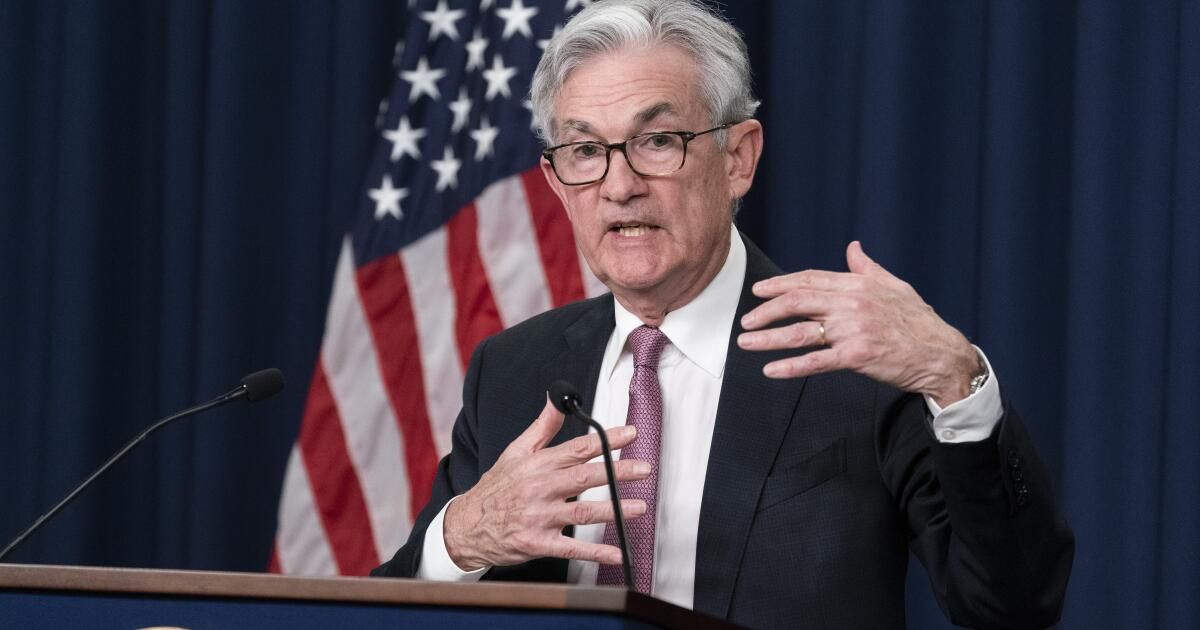Consumers on the West Coast and across the country received some relief last month when inflation eased after rising more than expected earlier in the year.
The government said Wednesday that overall U.S. consumer prices rose 3.3% in May from the same month a year earlier.
The new report will be welcomed by the Federal Reserve when it meets later Wednesday to consider interest rate policies.
The Federal Reserve has kept interest rates high to combat inflation, even as it has imposed real hardship on millions of Americans, especially in expensive places like California, where the cost of housing is out of reach for most buyers. .
However, May's inflation numbers won't be enough for the Federal Reserve to begin cutting interest rates on Wednesday. Federal Reserve officials want to see clear evidence that inflation is falling toward its 2% target.
“We still need several more months of this, but the fundamentals are encouraging,” said Paul Ashworth, chief North American economist at Capital Economics, a research firm.
Most analysts expect the Federal Reserve to make one or two small cuts late in the second half of the year.
The economy has shown some signs of cooling, although job growth remains strong and average wage increases are still slightly above the inflation rate.
Wednesday's report showed that annual inflation also slowed in the Pacific region in May, but is above the national average, at 3.7%, partly due to higher price increases for food, transportation and gasoline.
Across the country, rents and what are called homeowner-equivalent rents remain stubbornly high. Housing inflation in May was 4.6% in the United States and 4.5% in the Pacific states.
However, the prices of some goods have been falling. That includes new and used cars, which rose in 2021 and 2022 as headline inflation soared and peaked at 9.1% in June 2022.












